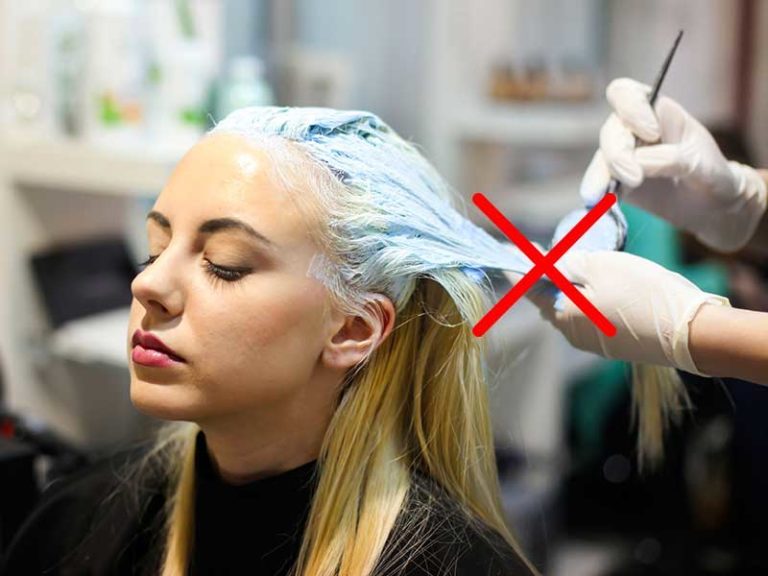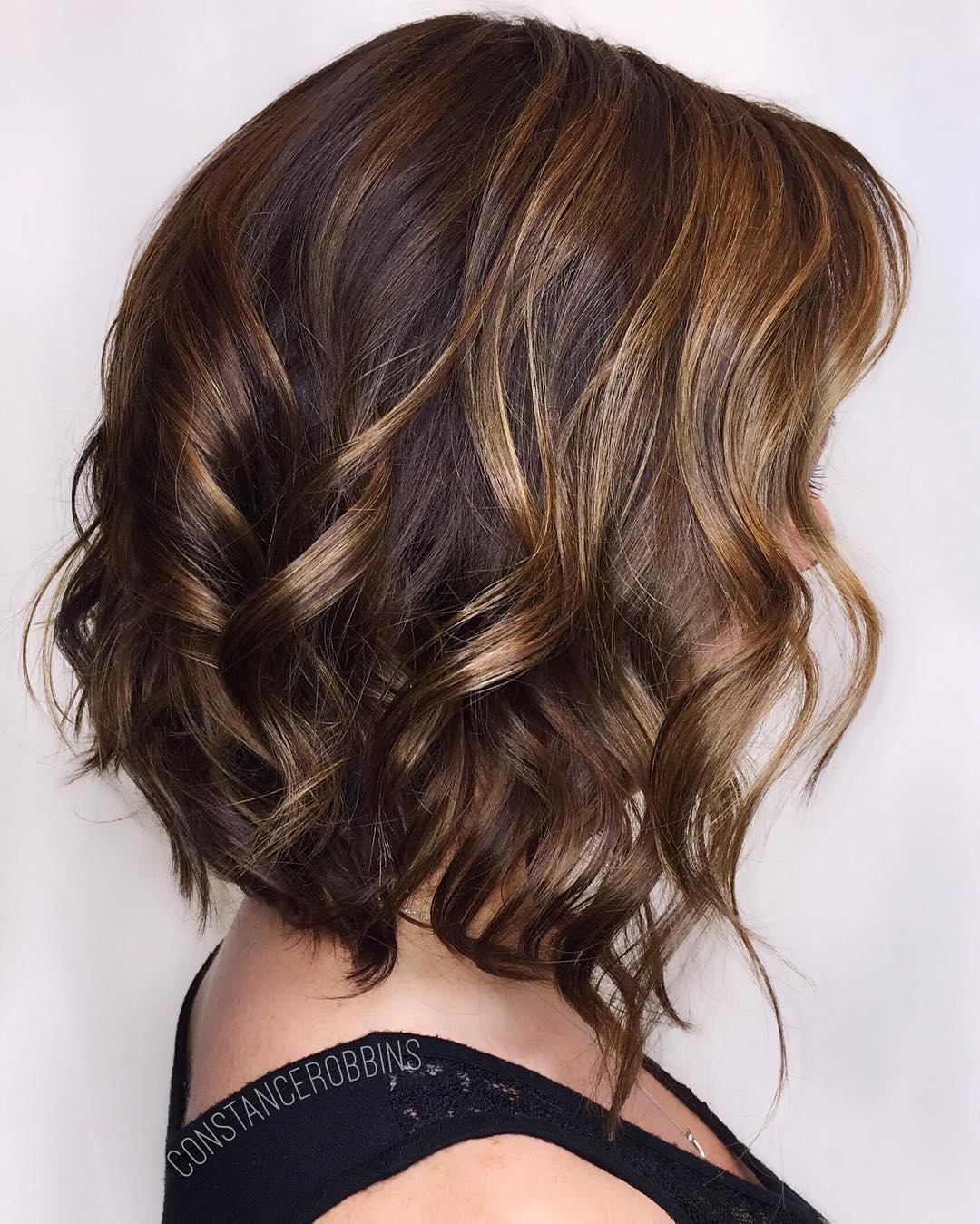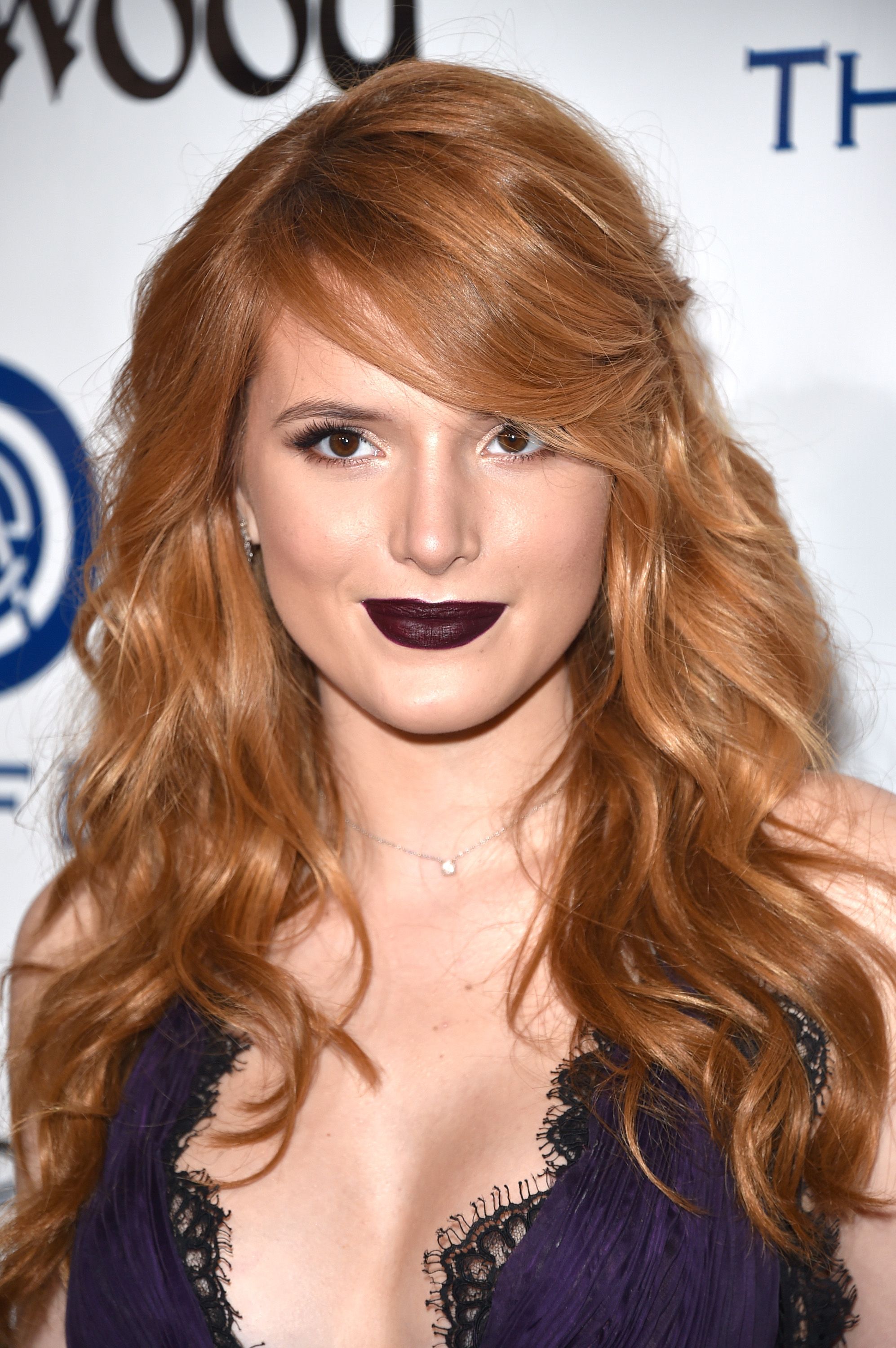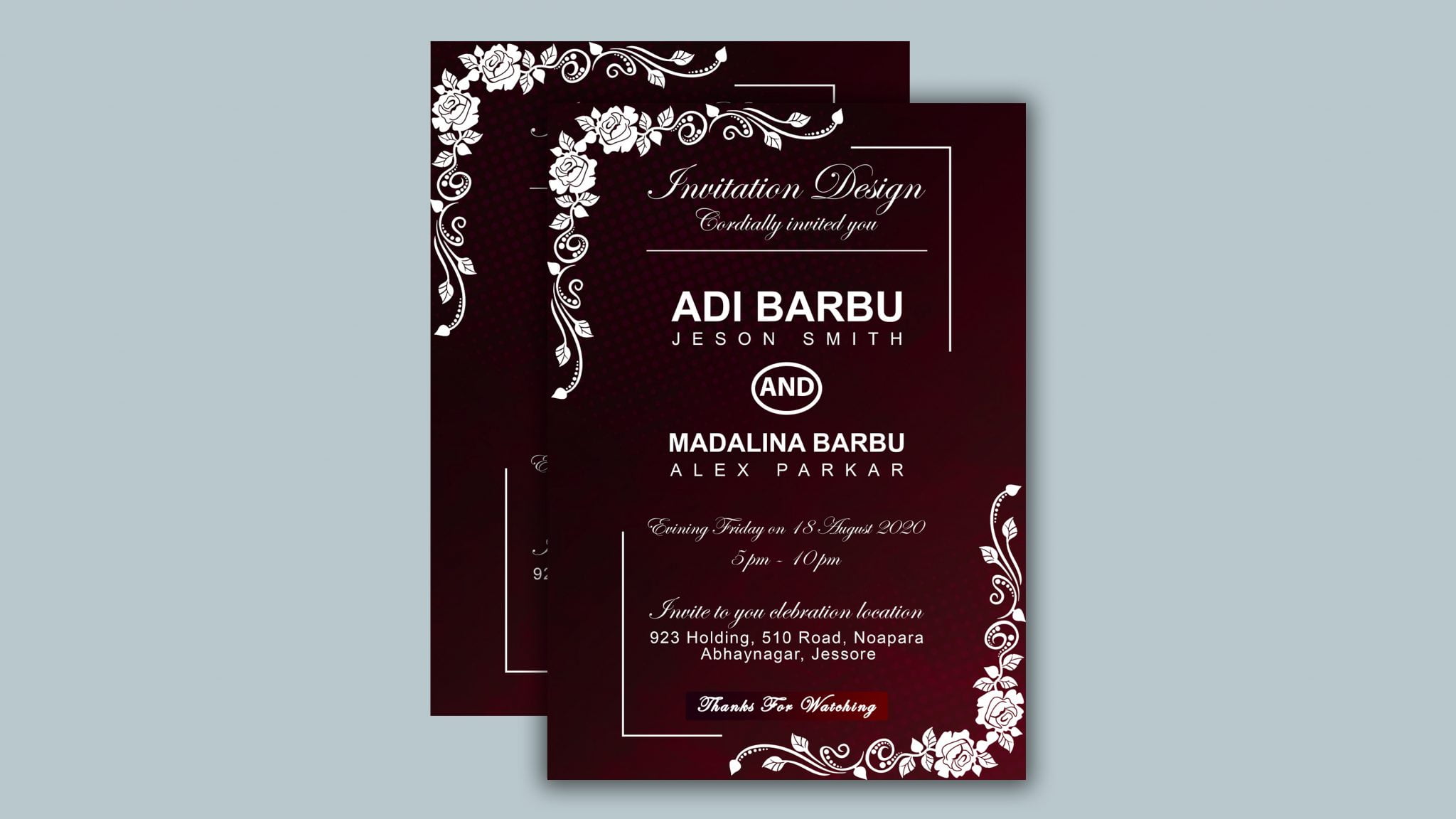Table Of Content
- Best pregnancy safe hair dyes
- Is It Safe to Dye Your Hair While You’re Pregnant?
- Best pregnancy safe pastel hair dye
- How do I paint my nails safely?
- Other Ways to Reduce Chemical Exposure
- Dyeing your hair while pregnant isn't a huge risk — here's how to minimize side effects
- Is it safe to perm the hair or use relaxers during pregnancy?

If you are coloring your own hair, make sure to wear gloves to minimize chemical exposure to your skin. Also, be sure to wash any skin that may have been touched by color treatments well afterward. Keep reading to find our favorite pregnancy-safe dark hair dye, and the top pregnancy-safe bleach.
Best pregnancy safe hair dyes
Almost all hair dyes—even boxes labeled as “natural”—contain these chemicals. When you're pregnant, you want to minimize your exposure to any toxic ingredients. Henna is a natural dye that comes from the leaves of the henna tree.
Is It Safe to Dye Your Hair While You’re Pregnant?
This ammonia-free hair dye is formulated with 60 percent natural oils. It stands out from most hair colors because the oil is concentrated within the colorant to boost the coloring process and make your hair color more vibrant. Garnier Olia can be used to touch up your roots or do an all-over color.
Best pregnancy safe pastel hair dye
Your scalp also doesn't absorb much of the hair dye, especially if you have a healthy scalp. Since the risks are unknown, though, it's always better to be on the safe side. Before you get too far, there's a lack of evidence regarding hair dye and pregnancy. Many studies have excluded pregnant participants due to the ethical concern of studying drug and cosmetic effects on pregnant women. The data, published in 2022, suggests a relationship, but much more research needs to happen to define that relationship. In other words, scientists can’t say, based on the available information, that using hair straightening products actually increases your cancer risk.
If you use an all-over color or touch up your roots, this is called a single-process coloring treatment. Usually, single process color involves getting dye on your scalp, which means higher chemical exposure. If you wish to minimize chemical exposure, you may want to consider highlights instead; this way, chemicals are painted directly onto the hair shaft and have little, if any, contact with the scalp.
Other Ways to Reduce Chemical Exposure
Best Hair Dye to Use During Pregnancy - What To Expect
Best Hair Dye to Use During Pregnancy.
Posted: Fri, 19 Nov 2021 08:00:00 GMT [source]
If you're coloring your own hair at home, wear gloves and work in a well-ventilated room to minimize your exposure to the chemicals used in the coloring process. Here are some frequently asked questions about the use of hair dye and other hair treatments during pregnancy. The American College of Obstetrics and Gynecology states that many experts consider hair dye to be nontoxic to a fetus. Based on animal studies, the scalp only absorbs small amounts of the chemicals.
"During pregnancy, the hormone levels in your body are changing," says Dr. Hack. Before you apply a treatment to your entire head of hair, be sure to do a patch test. Make sure that you don’t have an allergic reaction by testing a small area first. This is also helpful because hair can change throughout pregnancy, including the way it takes and holds color.

Not so — many health experts say it’s safe to keep dyeing your hair while you’re pregnant. According to the American College of Obstetricians and Gynecologists (ACOG), hair dye and hair treatments are not dangerously toxic and are generally safe to use during pregnancy. Your skin also only absorbs a small amount of hair dye through the scalp, and the small amount of chemicals is unlikely to have any harmful effect. That said, most dermatologists recommend that expectant moms wait to dye their hair until after the first trimester, which is a critical period for development.
Although very high doses of the chemicals in hair dyes may cause harm, when colouring your hair you are only exposed to very low amounts of chemicals. Many women decide to wait to dye their hair until after the first 12 weeks of pregnancy, to lower the risk of chemical substances harming the baby. The word “bleach” can conjure up harsh, toxic associations, but hair bleach is generally considered safe, Dr. DeNoble says. “It is important to have good ventilation when using any chemicals during pregnancy,” she explains.
There’s a wide range of different hair dyes out there, composed of a wide variety of ingredients. That’s great, as it gives you the option to choose the dye that makes the most sense for you. If you want to be cautious (and rest easier at night), wait until this critical period is over before reaching for the hair dye. Rapid growth and development takes place during the first trimester. It’s important to provide a protective environment for your baby during this time. If you’re more of the DIY type, consider a semi-permanent color — it doesn’t contain ammonia and typically doesn't contain peroxide (bleach).
It’s been clinically and dermatologically tested on sensitive skin, so it’s safe for you and for your growing baby. “If a dye says that it’s ‘all natural,’ the idea that that’s necessarily safer is not really true,” Sterling says. The most common risk, Dr. Sterling points out, is increased irritation. ONC Natural Colors lets you dye your hair while avoiding ammonia and parabens, a big win for pregnant moms. The product’s organic argan and coconut oils work to moisturize your hair without weighing it down or making it look greasy. Reviewers have noted that it provides the same bright color as regular hair dye, and smells like bananas (thanks to banana extract).
If your pregnancy is progressing well, you can work in a hair salon with a couple of basic precautions. Here’s what to know before you call up your stylist for a root refresh while you’re expecting. Women are encouraged not to have piercings done on the belly button, nipples or genitalia during pregnancy or while trying to conceive because of the physical changes happening in your body at this time. For example, exposure to high levels of lead while pregnant can cause problems like preterm delivery, low birth weight, and miscarriage. And if you eat a lot of fish with high mercury levels while pregnant, your baby could have problems with their nervous system.
While certain activities should be avoided during pregnancy, using hair dye probably isn't one of them. Based on available research, coloring your hair while pregnant and breastfeeding is considered safe. According to the American Cancer Society, semi-permanent and permanent dyes contain larger quantities of chemicals that may be carcinogenic. If you’re concerned about dying your hair in the second or third trimester of your pregnancy — or any other time for that matter — opting for temporary color on special occasions might be the best choice for you.
Because these hair dyes don’t contain ammonia or peroxide — there’s no developer or pre-mixing — they don’t penetrate the hair shaft. The color simply wraps around your strands and washes out on wash day. Aside from the aforementioned, your hair — and more specifically, your hair color — routine may need some sharpening up. Dyeing your hair while pregnant is a common concern many moms-to-be face, so we’re here to help. If you’re expecting and wondering if it’s safe to dye your hair while pregnant, keep reading as we break down what you need to know. If you’re struggling with any skin issues or have any open cuts or wounds on or around the head, you should avoid coloring your hair while pregnant, Reavey says.


















